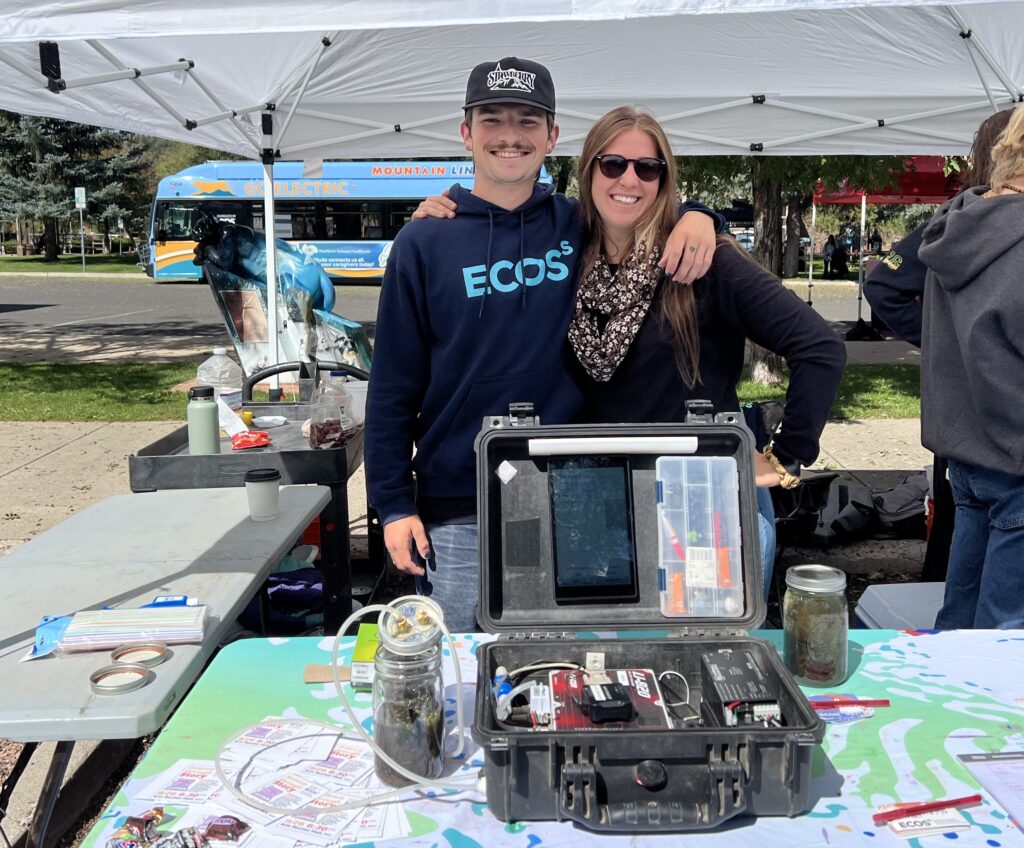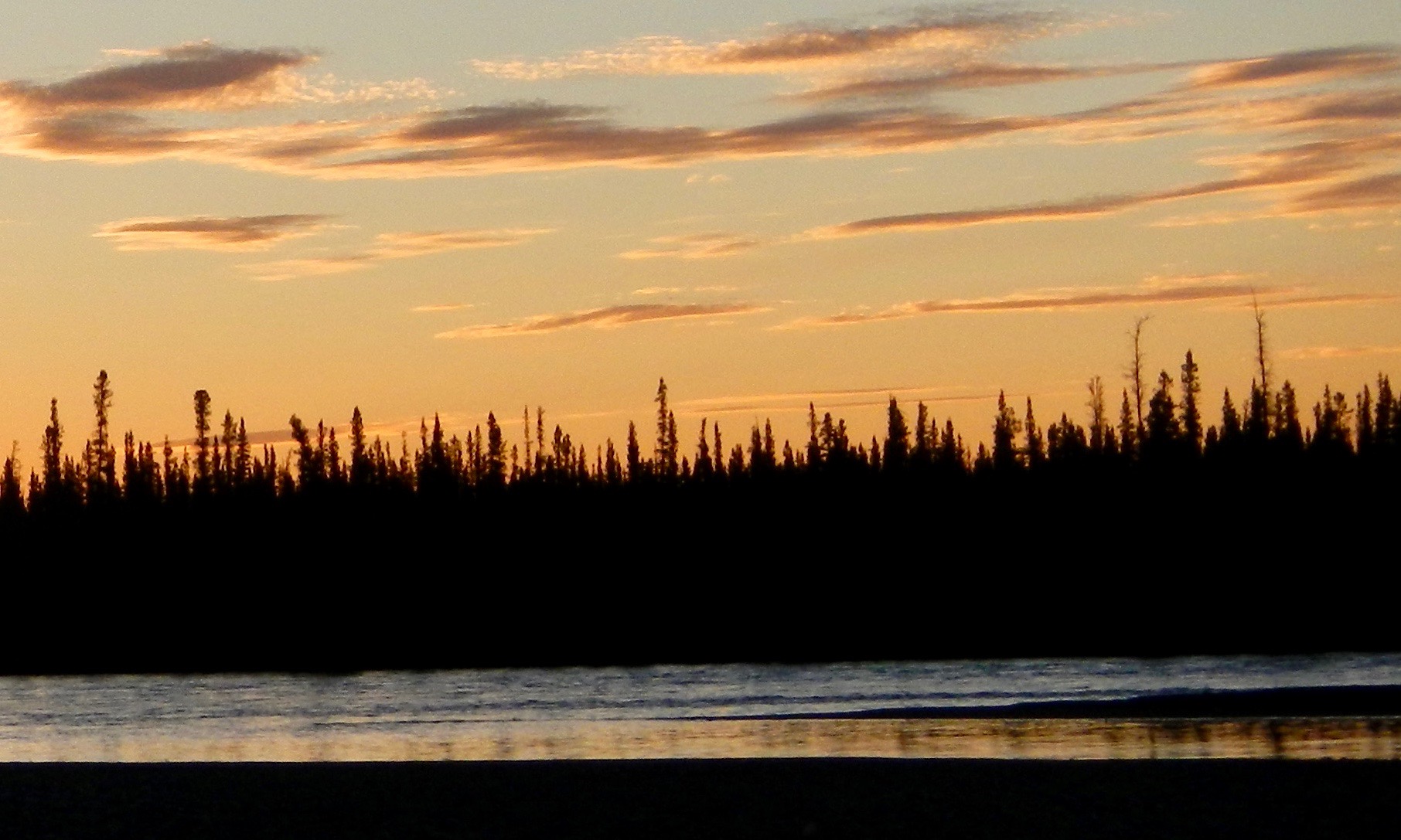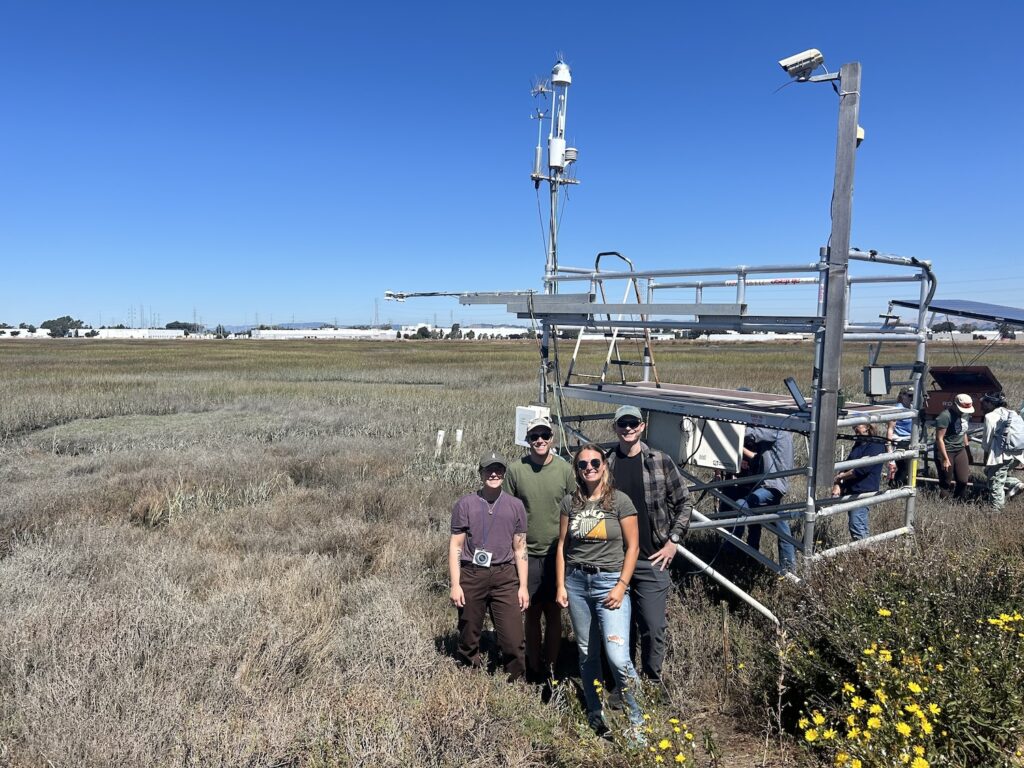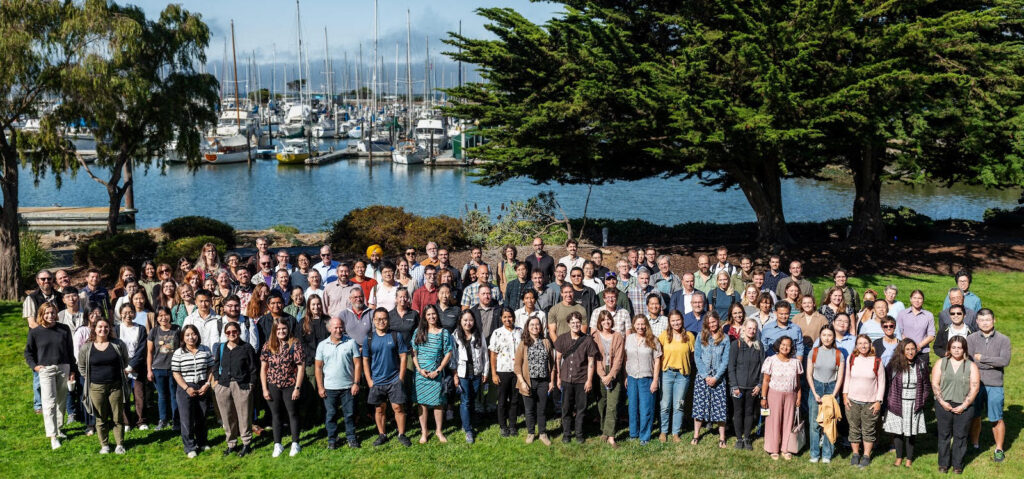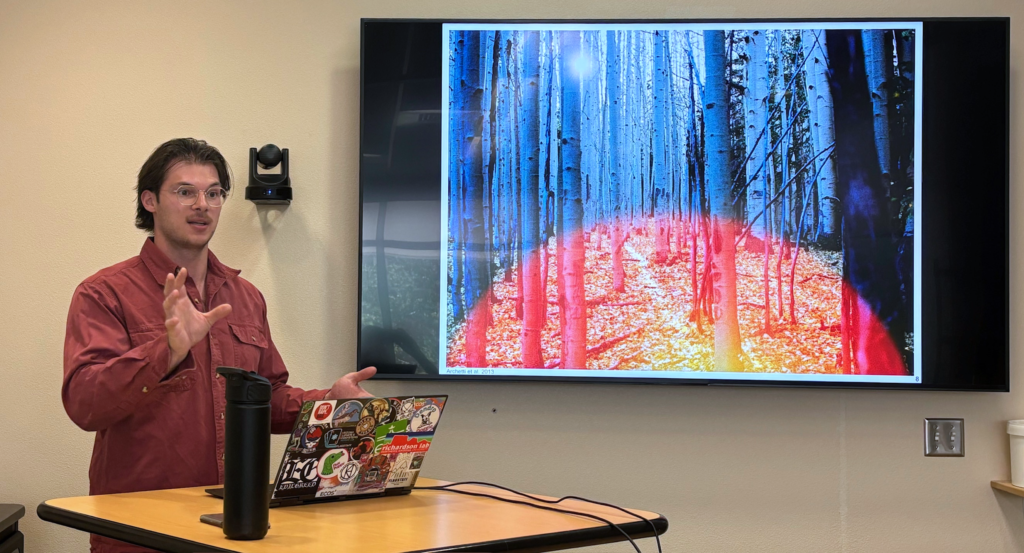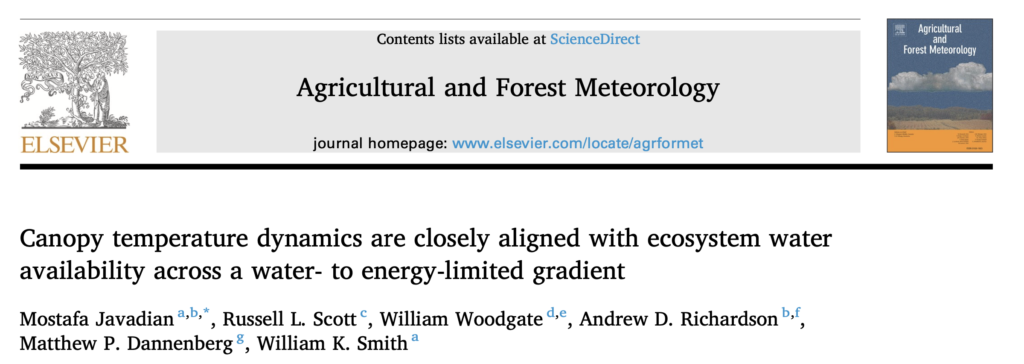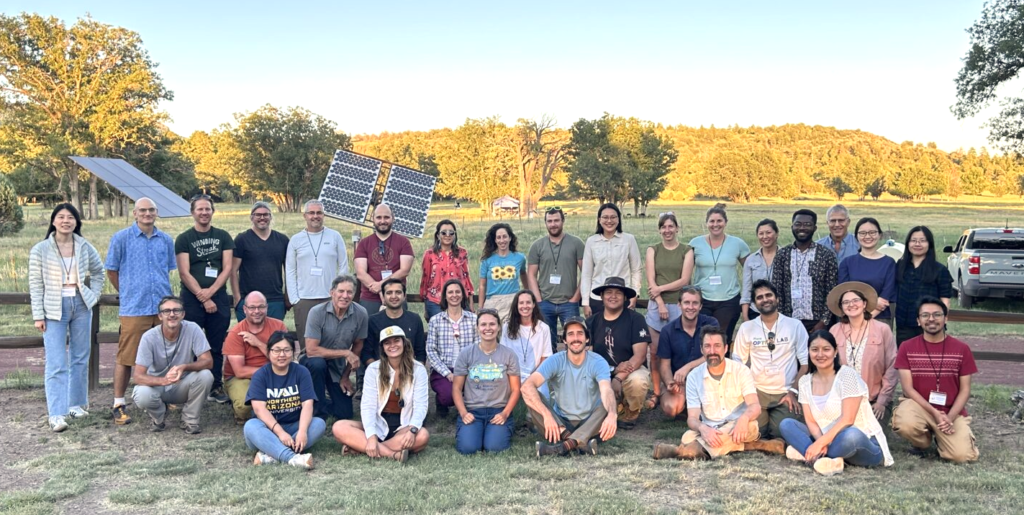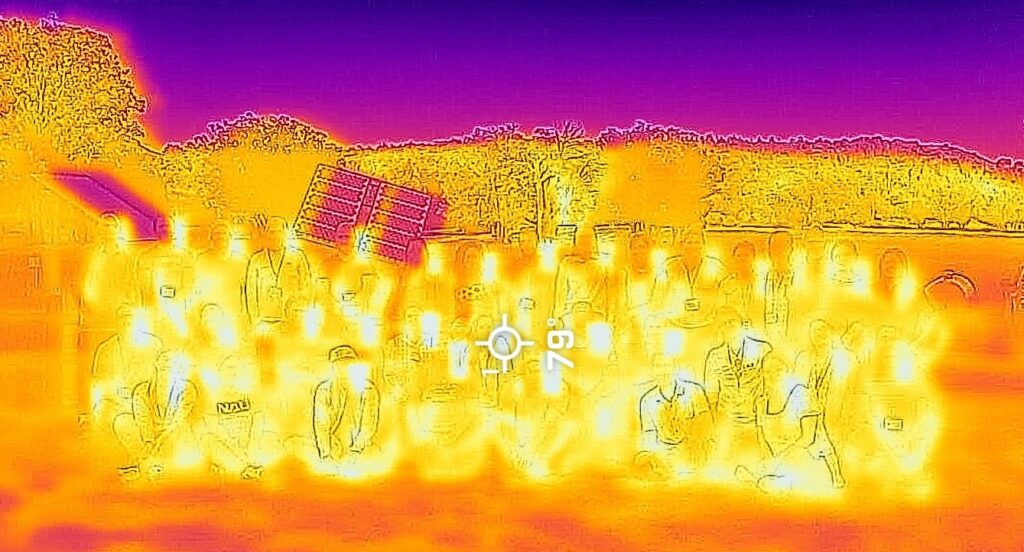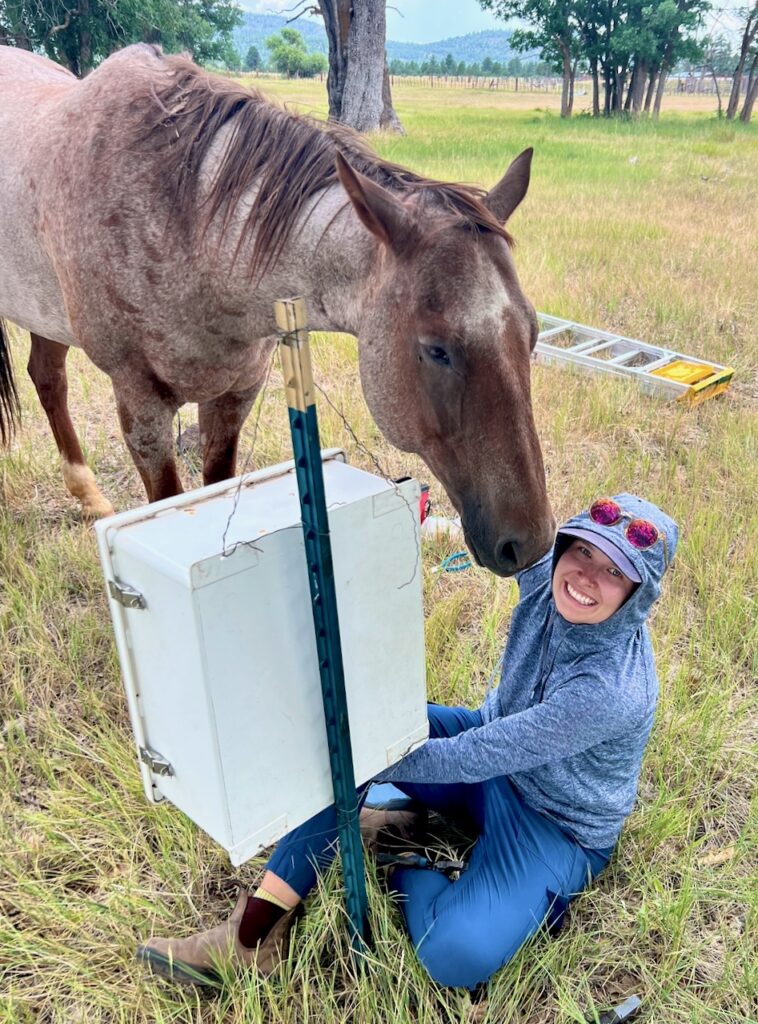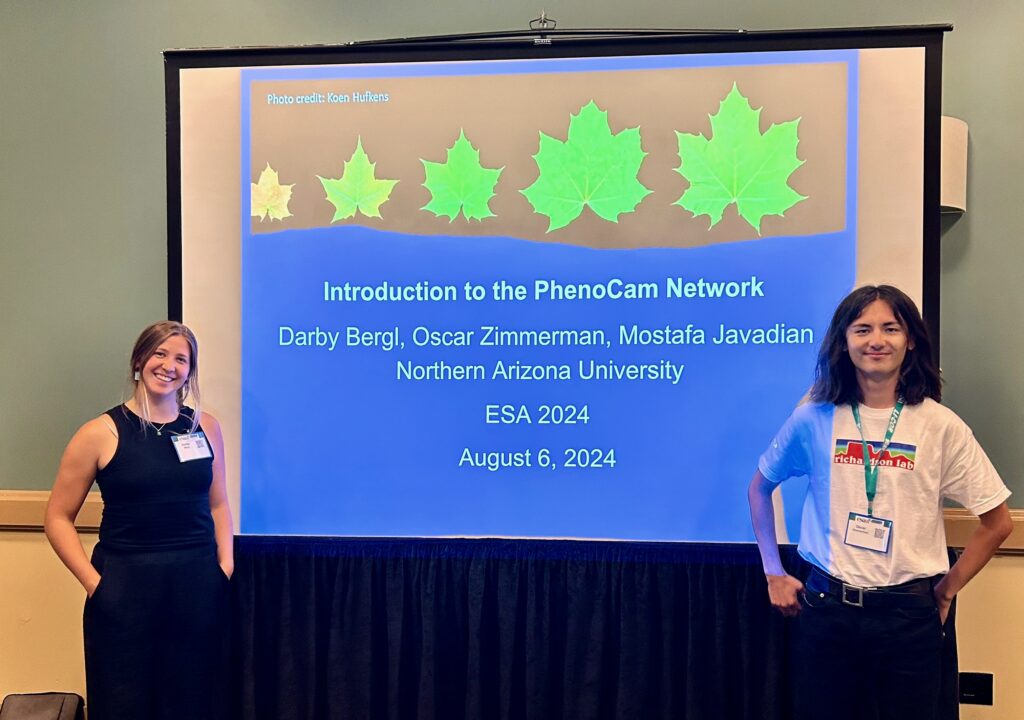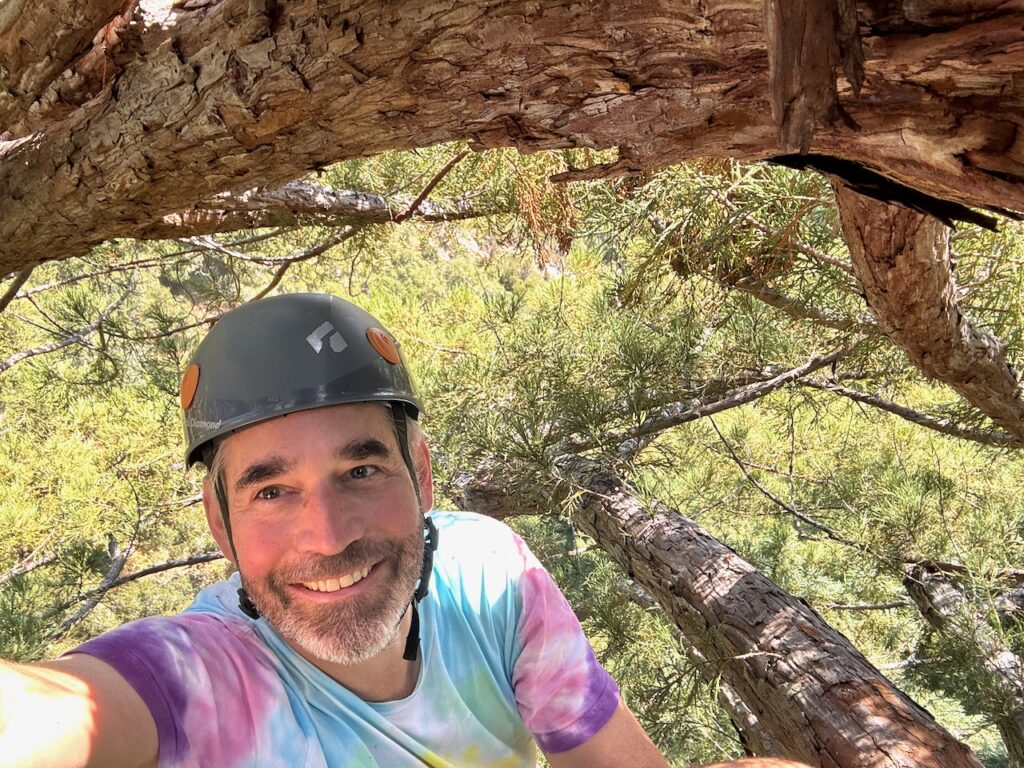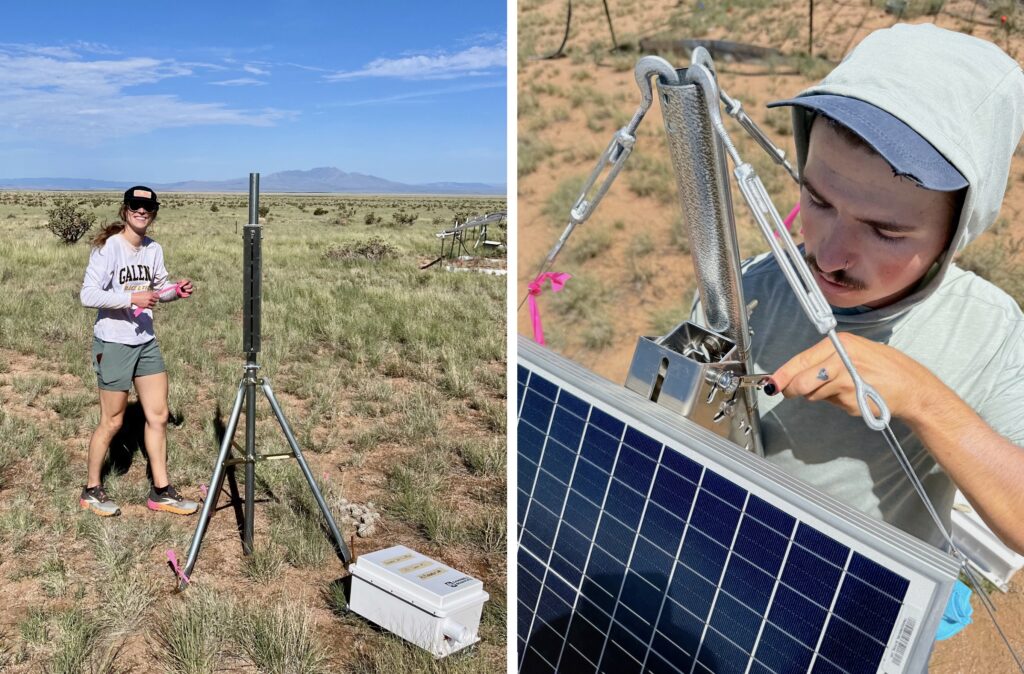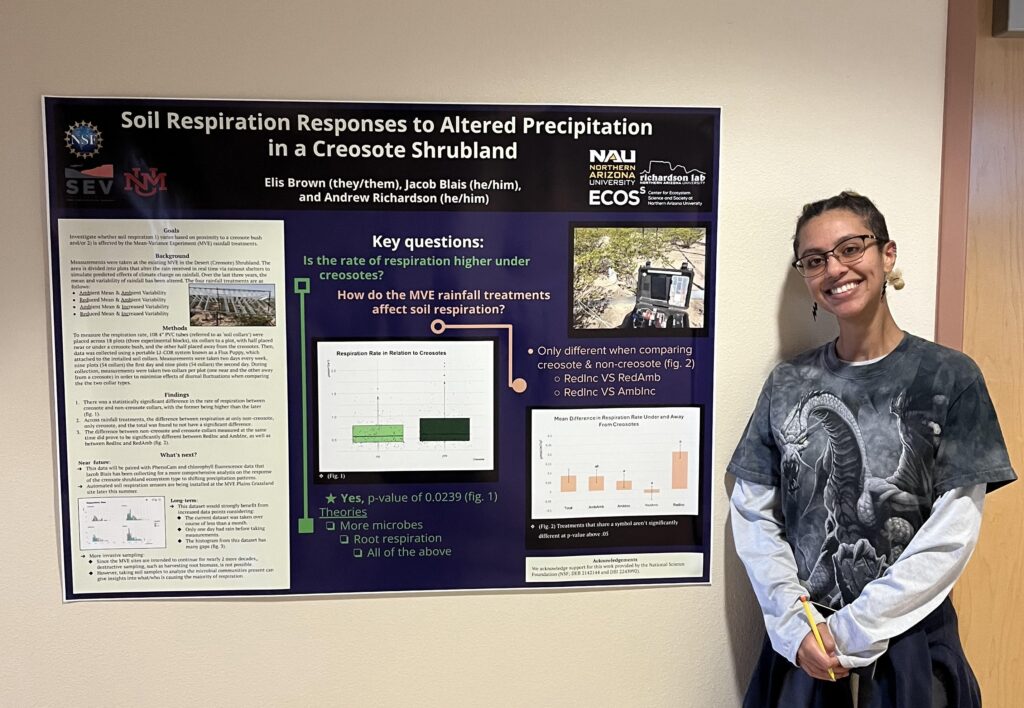Fall has begun, which means the Flagstaff Festival of Science is here! Darby and Jacob helped kick off the annual Festival with an outreach event downtown, Snook’s Science in the Park. They brought out Poppy, one of our Flux Puppy carbon dioxide analyzer systems, to teach the Flagstaff community about some of the science we do. Booth attendees hypothesized which Mason jar would have the greatest carbon dioxide efflux, the one with compost and rollie pollies or the one with roots, water, and duckweed. Folks, including many kiddos, used their knowledge of respiration and photosynthesis to form great hypotheses! One of the special things about Flagstaff is how STEM-oriented its citizens are, and Science in the Park is a spectacular demonstration of this. They also learned about human physiology by blowing into the Flux Puppy to see what the concentration of carbon dioxide was in their breath, and challenging others for the highest concentration of the day. The winner blew 240,000 ppm after sprinting around the park and holding their breath!
Congratulations to Darby and Jacob on a super-successful outreach event!
